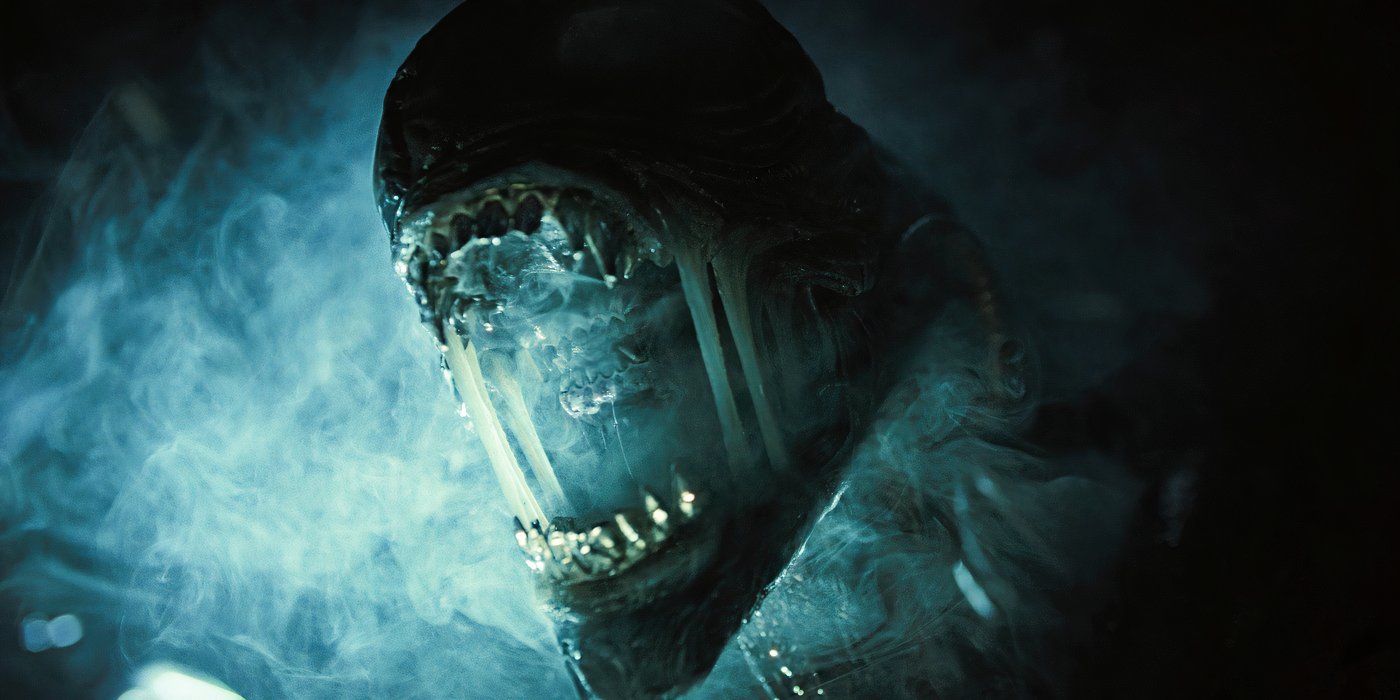
In a recent interview with LA Times, both Alvarez and Scott defend Holm’s CGI resurrection in Alien: Romulus. Bringing Rook to life involved a real animatronic on set as well as British actor Daniel Betts for facial capture, with Alvarez explaining that “It was 80 to 90% done by the puppeteers depending on the shot.” CGI was then used to alter aspects of the appearance like the eyes and mouth, with AI morphing Betts’ voice to sound like Holm’s. Check out Alvarez and Scott’s comments about the digital recreation below:
Alvarez: “We were not trying to do what can’t be done, which is to reproduce that person’s talent as an actor, because this is another character. The only thing they have in common is the likeness.
“We knew we were going to create an animatronic, and that later we were going to do CGI enhancements in the mouth and in the eyes depending on the shots. Then the question arose, ‘What face does it have? Who is it?’ The only one who hadn’t reappeared and who we found fascinating was Ian Holm.
“In the last 10 years after ‘The Hobbit,’ Ian Holm felt like Hollywood had turned its back on him and his widow felt he would have loved to be a part of this. He loved this character in particular.”
“We’re not bringing someone back to life and saying, ‘Ian would have done it that way. He would have obviously done it differently. We had an actor who was on the set, who worked on the dialogue, who worked with the actors. It’s not like we skipped hiring an actor.”
“It’s so much more expensive to do it the way we did it — it’s much cheaper to just hire an actor. Doing it this way requires a team of so many people and so many parts to get it done that it’s never going to be really convenient.
“ We did it all with a lot of respect and always with the authorization of his family , his children and his widow, who said, ‘We would love to see his likeness again.”
Scott: “Ian Holm suddenly appearing as a company on-board robot — that’s bit of an old-fashioned word there — was a great idea. That’s how ideas work. Grand ideas evolve. The next step is ‘Blade Runner,’ where you get Roy Batty as an evolved replicant, a human who’s not human, but actually in essence, in old terminology, a robot.”
Why Rook Has Been Controversial In Alien: Romulus
Ian Holm’s Digital Resurrection Has Been Divisive










Alien: Romulus‘ digital recreation of Holm isn’t the first time a deceased actor has been brought back to life using CGI. One of the earliest examples is actually in one of Scott’s films, with actor Oliver Reed having been digitally recreated after he died partway through filming Gladiator. Peter Cushing, too, was digitally recreated for Rogue One. There are, of course, sometimes moral objections to such digital recreations, but Alvarez and Scott clearly obtained the Holm family’s blessing to do it for Alien: Romulus.
Moral concerns, however, don’t seem to be why Rook has been a controversial inclusion in the Alien: Romulus cast. One big complaint is that Holm’s digital recreation is ultimately an act of fan service that doesn’t add very much to the story. Alien: Romulus isn’t like Gladiator in the sense that Holm was supposed to appear but died during filming. Too much fan service, in general, has been one key complaint regarding the film from critics, but Holm’s digital resurrection, in particular, has been deemed more distracting than anything else.
Another key complaint regarding Holm’s digital recreation is that the effect itself sticks out like a sore thumb in a film that otherwise features jaw-dropping practical and visual effects. Rook’s appearance, especially when he’s talking, arguably isn’t quite up to the standards of the film’s other effects, and digital actor recreations in general are still very difficult to pull off. Clearly, though, Alvarez and Scott both believe in Holm’s return in Alien: Romulus, and there is franchise precedent from a storytelling perspective that the same likeness is used for multiple synthetics.




